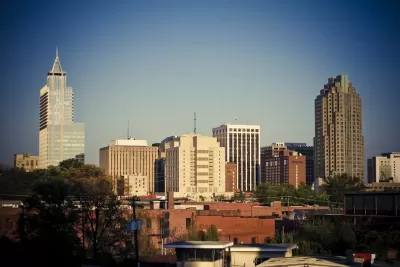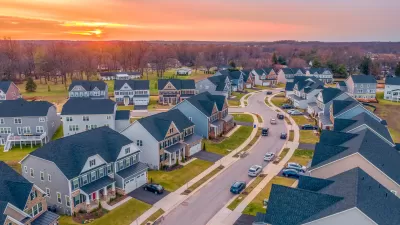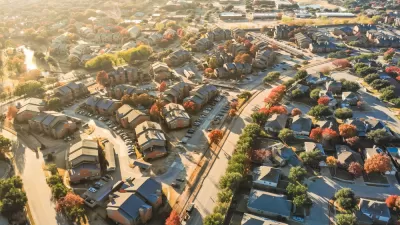Black neighborhoods near city centers are diversifying as whites move in and buy up properties. But the influx of these higher-income residents is leading to more divisions than inclusivity.

An analysis from The New York Times looks at the trend of whites moving into largely minority neighborhoods close to downtowns. Whites are changing the racial makeup of these neighborhoods, but they also bring higher incomes and economic clout that long-term residents do not have.
The changes in the South Park neighborhood of Raleigh, North Carolina, highlight this new shift:
In South Park, a neighborhood with picturesque views of the Raleigh skyline, the white home buyers who have recently moved in have average incomes more than three times that of the typical household already here. Whites, who were largely absent in the neighborhood in 2000, made up 17 percent of the population by 2012. Since then, they’ve gotten nearly nine in 10 of the new mortgages.
What is happening in South Park and other neighborhoods in cities across the country is in contrast to the suburbs. "In the suburbs, a far different set of processes is driving the demographic change, as middle-class minority families seek more space or better schools, as immigrant communities take root, or as families are increasingly priced out of the city."
These suburban neighborhoods are diversifying, but the incomes of current and new residents are much more similar. The lack of extreme income disparities provides a type of stability and social cohesion that is not taking root in places such as South Park.
And in South Park, the economic differences related to race are readily apparent. The developer of a new food hall, for example, says he wants the adjacent grocery store to be accessible to lower-income residents, but some locals are wary. "The food hall is trying to signal that longtime neighbors are welcome, too — one painting inside shows a pair of African-American teenagers from the neighborhood — but they must walk past the new $700,000 rowhomes outside to get here."
FULL STORY: The Neighborhood Is Mostly Black. The Home Buyers Are Mostly White.

Alabama: Trump Terminates Settlements for Black Communities Harmed By Raw Sewage
Trump deemed the landmark civil rights agreement “illegal DEI and environmental justice policy.”

Study: Maui’s Plan to Convert Vacation Rentals to Long-Term Housing Could Cause Nearly $1 Billion Economic Loss
The plan would reduce visitor accommodation by 25% resulting in 1,900 jobs lost.

Planetizen Federal Action Tracker
A weekly monitor of how Trump’s orders and actions are impacting planners and planning in America.

Baltimore Ordered to Improve Sidewalk Accessibility
The city is one of many to face lawsuits for failing to comply with the Americans with Disabilities Act.

This Toronto Suburb Has More Bus Riders Than Columbus, Ohio
Brampton, Ontario used gradual improvements in service to prove that if you build it, they will ride.

Paris Bike Boom Leads to Steep Drop in Air Pollution
The French city’s air quality has improved dramatically in the past 20 years, coinciding with a growth in cycling.
Urban Design for Planners 1: Software Tools
This six-course series explores essential urban design concepts using open source software and equips planners with the tools they need to participate fully in the urban design process.
Planning for Universal Design
Learn the tools for implementing Universal Design in planning regulations.
Smith Gee Studio
Alamo Area Metropolitan Planning Organization
City of Santa Clarita
Institute for Housing and Urban Development Studies (IHS)
City of Grandview
Harvard GSD Executive Education
Toledo-Lucas County Plan Commissions
Salt Lake City
NYU Wagner Graduate School of Public Service





























